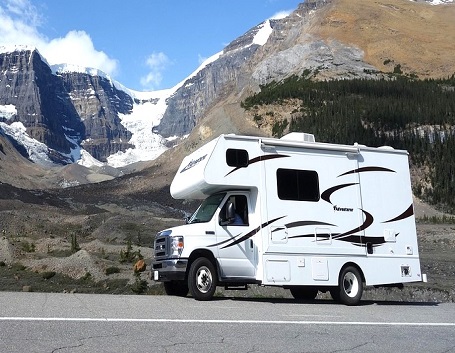Essential Tips for First-Time RV Owners: Travel with Confidence
 Owning an RV opens up new travel possibilities, but preparation is key. Many first-time owners make mistakes that lead to costly repairs or unexpected delays. Understanding what to expect can help you avoid these issues.
Owning an RV opens up new travel possibilities, but preparation is key. Many first-time owners make mistakes that lead to costly repairs or unexpected delays. Understanding what to expect can help you avoid these issues.
RVs require proper care, planning, and knowledge of the road. Without these, travel can become stressful rather than enjoyable. This guide covers essential steps to help you feel prepared.
From choosing the right vehicle to securing proper coverage, each tip will help ensure a smooth experience. Taking the time to learn these basics will save you money, effort, and frustration.
1. Picking the Right Vehicle for Your Needs
RVs come in various styles and sizes, so selecting the right one depends on your travel plans. There are motorized options like Class A, B, and C motorhomes, as well as towable ones like travel trailers and fifth wheels. Each has its pros and cons.
Consider how many people will travel with you and how much space you need. Larger models offer more comfort but require extra parking space and fuel. Smaller options are easier to drive but may lack certain amenities. Renting different models before purchasing can help you find the right fit.
2. RV Insurance: Protect Your Investment Before You Drive
Many new owners assume their auto policy covers an RV, but that’s rarely the case. These vehicles require specialized insurance to protect against damages, theft, and accidents. Without the right coverage, you could face huge expenses if something goes wrong.
A good policy should include liability, collision, roadside assistance, and protection for personal belongings inside the vehicle. If you plan to live in it full-time, additional coverage is needed.
You can insure your motor home today with a company that offers comprehensive coverage tailored to your needs. Find a provider offering competitive rates, flexible policy options, and outstanding customer support. Whether you need coverage for a weekend getaway or full-time RV living, they provide you with free quotes to help you choose the best fit for your travel lifestyle.
3. Regular Maintenance and Safety Checks
Routine maintenance is essential to keep your RV in good shape. Before every trip, check the tires, brakes, and lights to ensure they function properly. Inspect the roof and windows for leaks, as water damage is a common issue.
Regular oil changes and fluid top-ups prevent engine problems. Keeping an emergency repair kit with essential tools, spare fuses, and extra fluids can help in case of breakdowns. If you are storing your RV for a long period, cover it properly to protect it from weather damage. A well-maintained vehicle lasts longer and reduces the risk of unexpected repairs.
4. Planning Routes and Booking Stops in Advance
Not every road is suitable for large vehicles, so planning your route in advance is crucial. Some areas have low bridges, narrow roads, or weight restrictions that could cause problems for an RV. Use GPS apps designed for larger vehicles to avoid these issues.
Campgrounds fill up quickly, especially in peak seasons. Booking in advance ensures you have a spot with the necessary hookups for electricity, water, and waste disposal. Researching the amenities at each stop will help you plan accordingly. Some locations offer free overnight parking, which can help save money during long trips.
5. Packing Smart: Essentials You Need on the Road
Packing efficiently helps you make the most of limited space. Essentials include safety items like a fire extinguisher, first aid kit, and extra batteries. Basic tools, flashlights, and a spare tire should also be part of your checklist.
Kitchen essentials, bedding, and cleaning supplies are important for daily use. Storage bins and organizers help keep items secure while driving. Avoid overpacking, as extra weight affects fuel efficiency and vehicle handling. Instead, focus on multi-use items to save space. Planning ahead ensures you have everything you need without unnecessary clutter.
6. Safe Driving Practices for Large Vehicles
Driving an RV requires a different approach than driving a regular car. These vehicles need more space to turn, stop, and park. Practicing in an open area before a long trip can help you get used to handling the vehicle.
Keep a safe following distance since larger vehicles take longer to stop. Be aware of height restrictions when passing under bridges or driving through tunnels. Checking weather updates before a trip can help you avoid strong winds or icy roads. Learning basic driving techniques, such as how to adjust mirrors for better visibility, makes travel safer.
Conclusion
Traveling in a motorhome is easier when you plan ahead. Choosing the right coverage, keeping up with maintenance, and managing expenses help prevent common setbacks. Safe driving habits and careful route planning add to a hassle-free experience. Before each trip, check all the essentials to stay prepared. With the right approach, you can enjoy every journey with confidence.